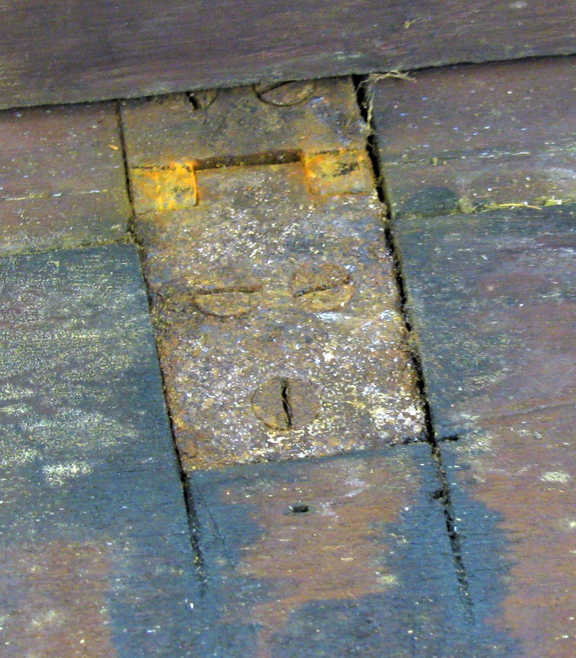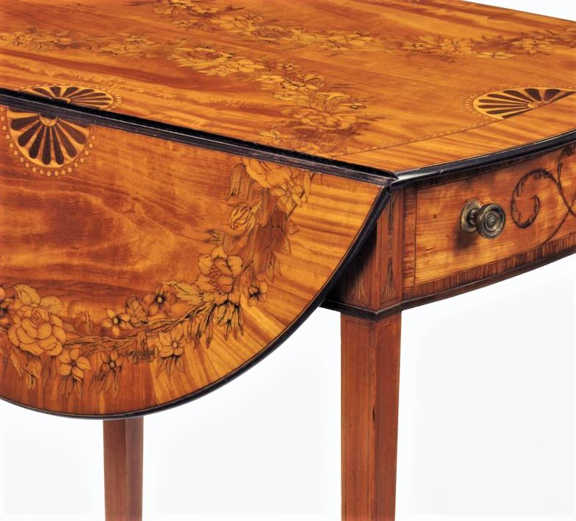THE RESIDENTIAL WEEKEND ANTIQUE FURNITURE RECOGNITION COURSE
HOW TO RECOGNISE THE AGE & ORIGINALITY OF ANTIQUE FURNITURE [course 07]
To be confirmed

An early 18th century chest of drawers with the classic construction and design characteristics of the walnut period:
1. Softwood carcass.
2. Veneer on the drawers laid vertically. With simple crossbanding (could have been herring-bone).
3. Veneer was 2 or 3mm thick at least.


A later 18th century dining table with some of the classic construction and design characteristics of the mahogany period:
1. The pad foot on a straight tapering leg.
2. The table is made of Cuban mahogany.
3. Colour of the polished surface fades to a distinct dark brown colour.


The same 18th century dining table as shown above. Learn to recognise original surfaces;
1. Notice the black grease mark around the outside edge of the table top.
2. The grooves left by the leg as it opens to support the table leaf.
3. The heavy oxidization overall unpolished surfaces that vary, depending on the type of wood. You will learn to recognise the look of an original surface like this.

Close up of the original hinge from table above.


A late 18th century Pembroke table with some of the classic construction & design characteristics of the satinwood period:
1. The square tapering legs with brass & leather castors.
2. The Satinwood has turned a distinctive honey brown colour.
3. The floral inlay & crossbanding.



Saltram House, the National Trust property we will visit on the Sunday of this course.


